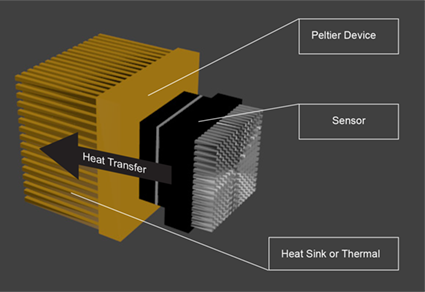Optimizing Detection in Whole Animal In Vivo Imaging

Animals studies contribute significantly to our understanding of human disease, and function as an established and essential step in the development of treatments and other therapeutic agents. These studies are conducted in the preclinical phase, preceding drug screening in human clinical trials. The aim of these studies is to determine efficacy, safety, dosing, and toxicity, as well as risk-benefit trades. There are many established, standardized methods implementing animal studies in life science…Read Full Article
Instrument Automation via National Instruments LabVIEW®
While many labs use LabVIEW for instrument automation, quite often researchers find it daunting to create their own vi’s if a sub-vi for a desired function is not provided by the instrument manufacturer. Teledyne Princeton Instruments provides robust documentation and building blocks to help most users perform their desired automation without…Read Full Article

A New Dawn for NIR Spectroscopy

Featuring two revolutionary back-illuminated deep-depletion sensors, Teledyne Princeton Instruments BLAZE cameras for spectroscopy provide the highest near-infrared quantum efficiency, fastest spectral rates, and deepest thermoelectric cooling available in a CCD platform. Lower thermally generated dark noise, combined with…Read Full Article
The Art and Science of Being Cool
Many low-light imaging and spectroscopy applications rely on highly sensitive silicon- or InGaAs-based scientific detectors. These applications, which include astronomical photometry, in vivo small-animal imaging, Raman spectroscopy, chemi/bioluminescence, and soft x-ray imaging, require deep-cooled cameras that minimize thermally generated dark noise in order to allow…Read Full Article

